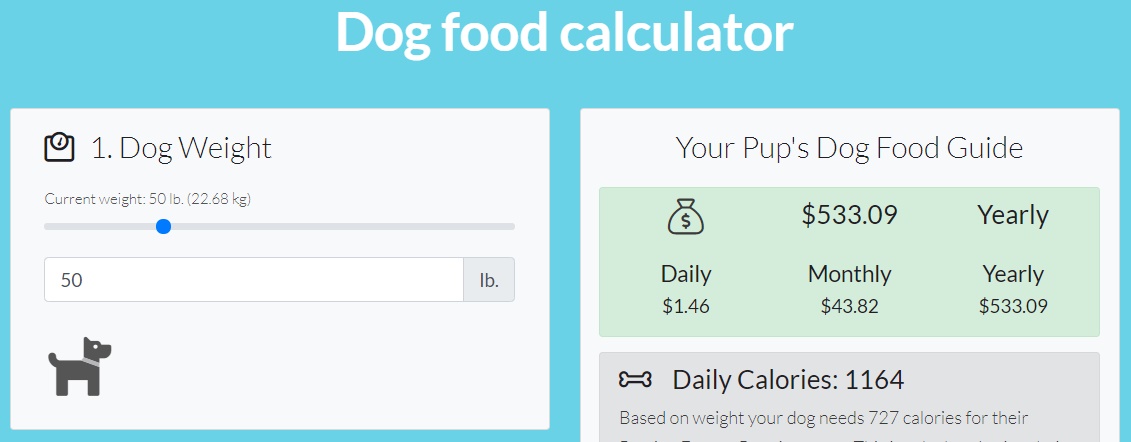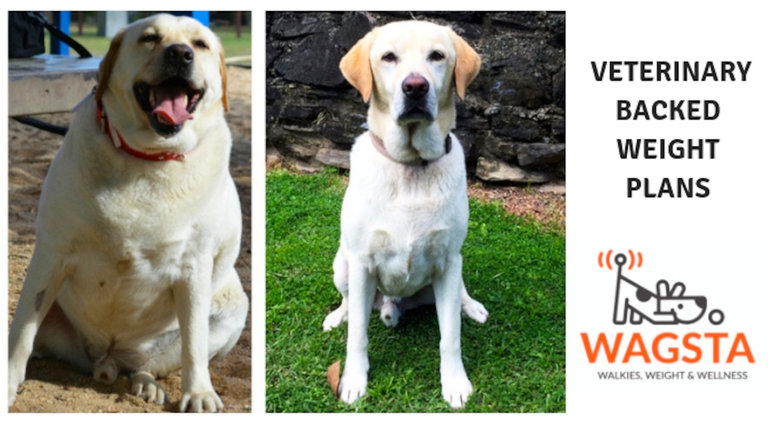
Nitrogen-Free Extract = 100 – (crude protein + crude fat + crude fiber + moisture + ash) Then, multiplying by the number of grams per treat or cup gives you the calories per treat or cup.Įxample: Calculating calorie content from proximate analysis data Dividing the kcal/kg value as determined above by 1000 converts it to kcal per gram. First needed is the weight of a single treat or a cup of product in grams. A laboratory that primarily analyzes human foods will not use the same modified Atwater values in its calculations, hence will give you an inaccurate calorie content number.Īlso useful information is the number of calories per treat or cup of product. However, this information is only useful and can be used in lieu of the above calculations if the lab is familiar with calorie calculations specifically for pet foods. Then, to convert the answer to kcal/kg (the units required on the label), the sum is multiplied by 10. The results of the three calculations are added. Fat is much more calorie dense, hence has a value of 8.5. Protein and carbohydrate are assigned a value of 3.5. The next step is to multiply each of the average percentages for the calorie-containing nutrients by the appropriate “modified Atwater” value. This is determined simply by subtracting the average of each of the other components (percent crude protein, crude fat, crude fiber, moisture AND ash) from 100. Carbohydrates are not measured directly, but can be estimated by calculating the “nitrogen-free extract” (or NFE) in the product. The calorie content of a food is dependent on the amounts of crude protein, crude fat, and carbohydrate in the product. Unlike guarantees, it is NOT declared as a minimum or a maximum, but as an average based on multiple proximate analysis data. Where a label calorie content statement is required or simply desirable, it may be calculated from the same proximate analysis data used for setting guarantees.
#Puppy calorie calculator plus#
The guidelines below assume caloric needs for an average lightly active adult spayed or neutered dog are between one and seven years old, plus getting less than 30 minutes aerobic activity per day.

*Notice: The calorie counts below are for general guidance only, please consult your vet for a specific caloric recommendation.

Every breed is different, every dog is different, and the same dog will need more or less as they age. It should give you a general idea of what your adult dog should be eating. Just remember that this calorie counter is not meant to take the place of your veterinarian's recommendations. If you’re planning a hiking trip, you can also get an idea of how much extra food you’ll need to bring so that your pup can safely replenish the calories she burns. The chart shows the average calories per cup from many popular food brands,* so you can see how many cups of food your dog needs every day to stay healthy and fit. Now that you know your dog’s MER, you can determine how much food she needs by checking out our food brand chart. We want all pet parents to #GoTogether confidently with their pups, and this calorie counter is one way for dog owners to educate themselves on their dog’s proper nutrition.

Just plug in your pup’s information and voila! It will tell you how many calories your dog should consume every day. We created a handy calculator to eliminate all the guesswork in determining your dog’s MER. Weight and exercise habits are contributing factors in your dog’s MER. In order to better understand dogs’ daily food requirements, the University of California-Davis School of Veterinary Medicine created the MER, or the “maintenance energy requirement.” Your pup’s MER represents the amount of calories she needs to consume in order to do her everyday activities.

It can be difficult to understand what kind of food they need or how much they really should be eating. While she patiently waits for a morsel of food to drop you think to yourself: is she still hungry? Am I not feeding her enough? How much food should I be feeding her?Īlthough dogs communicate in other ways, they cannot tell us what they’re thinking. She skids to a stop next to your chair, and drool begins to pool on the floor under her open mouth as she stares longingly at the delicious meal atop the table. Just when everyone sits down for dinner, you hear the pounding of four furry paws as your Chocolate Lab dashes towards the dining room. Dog Calorie Calculator How many calories in dog food?


 0 kommentar(er)
0 kommentar(er)
